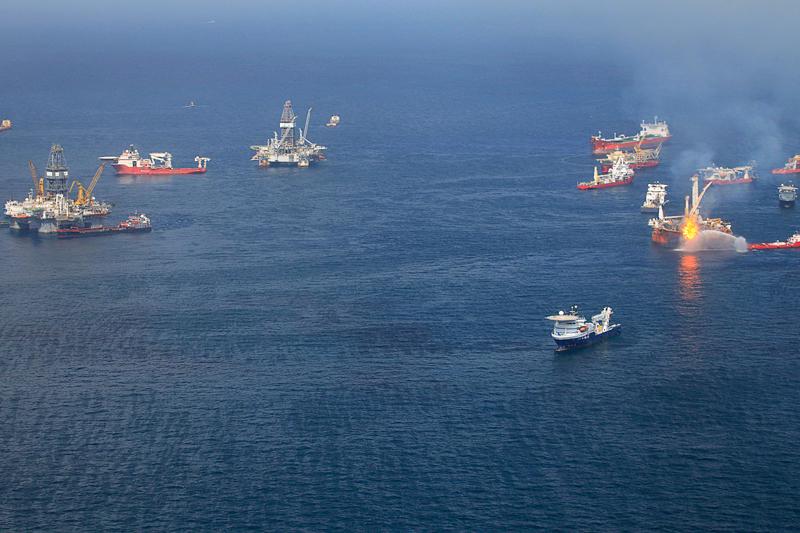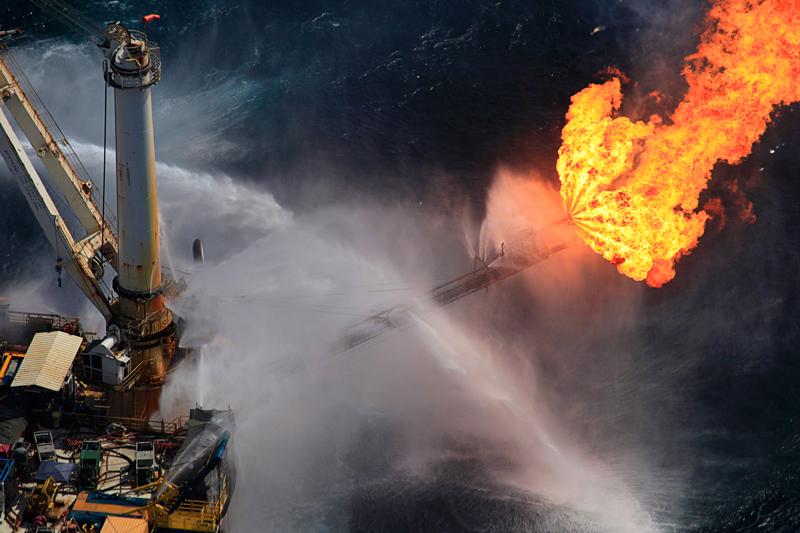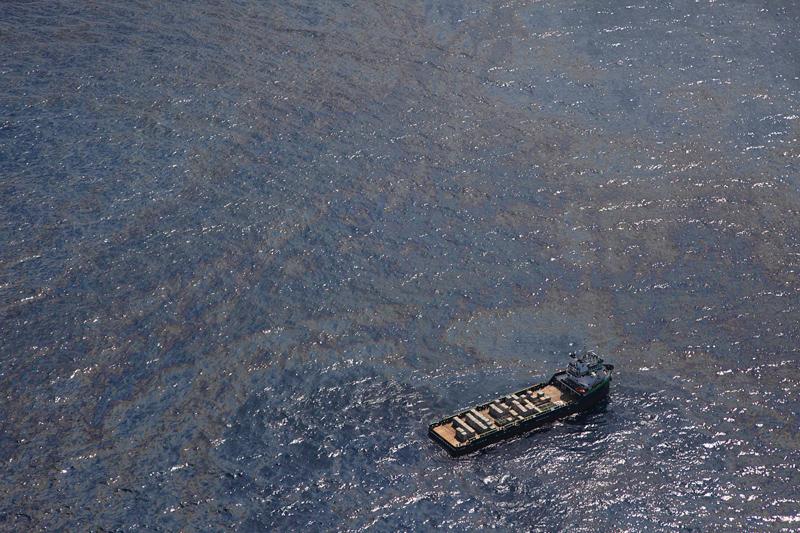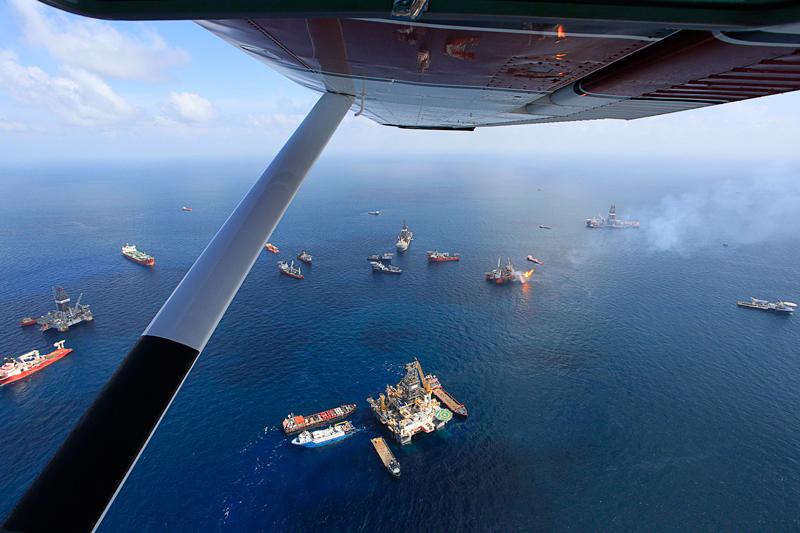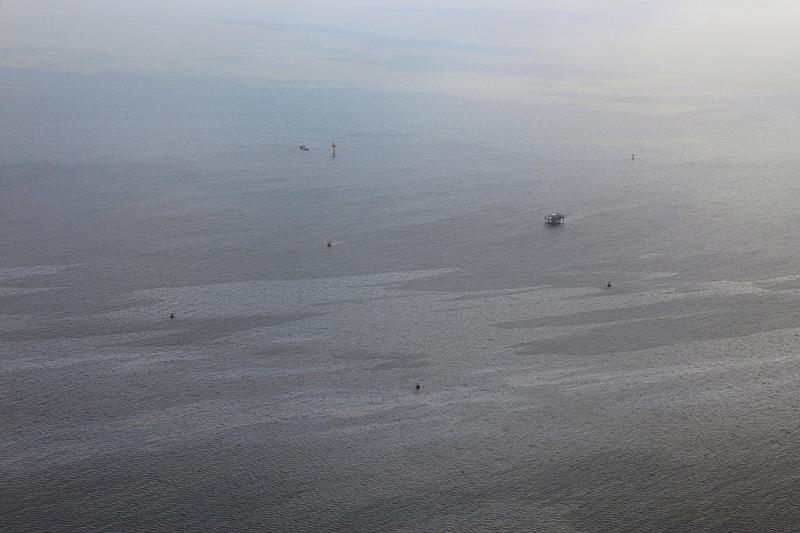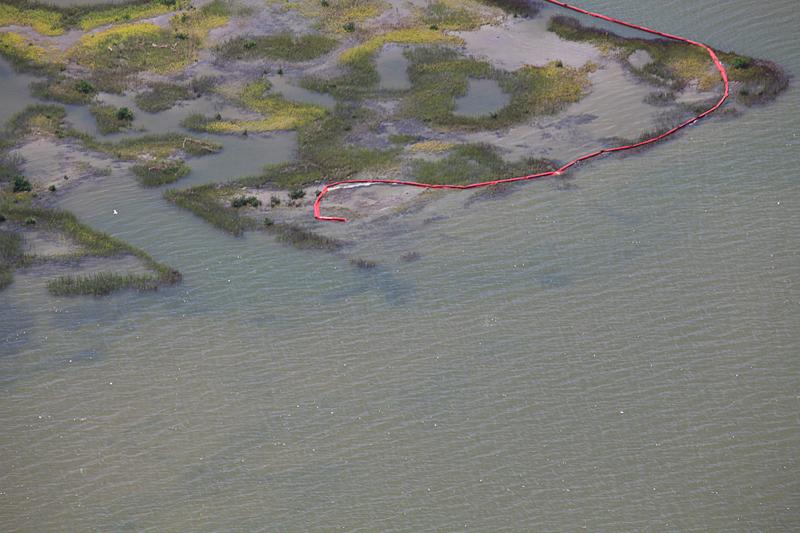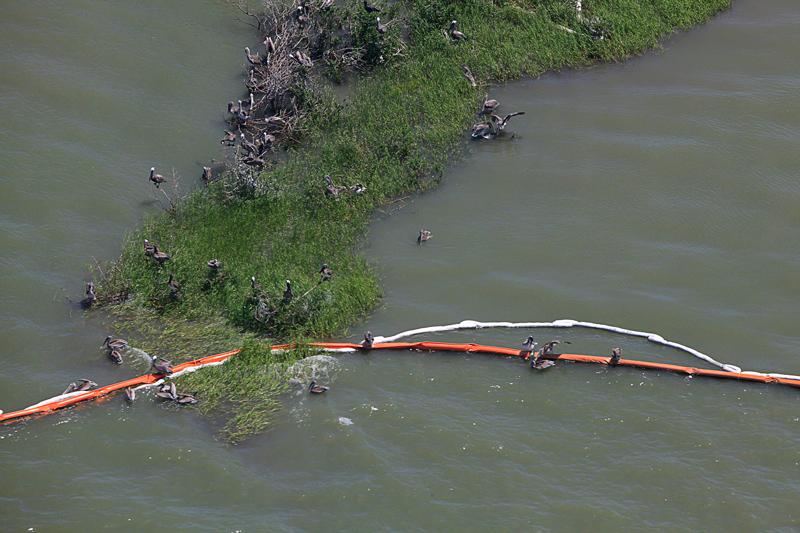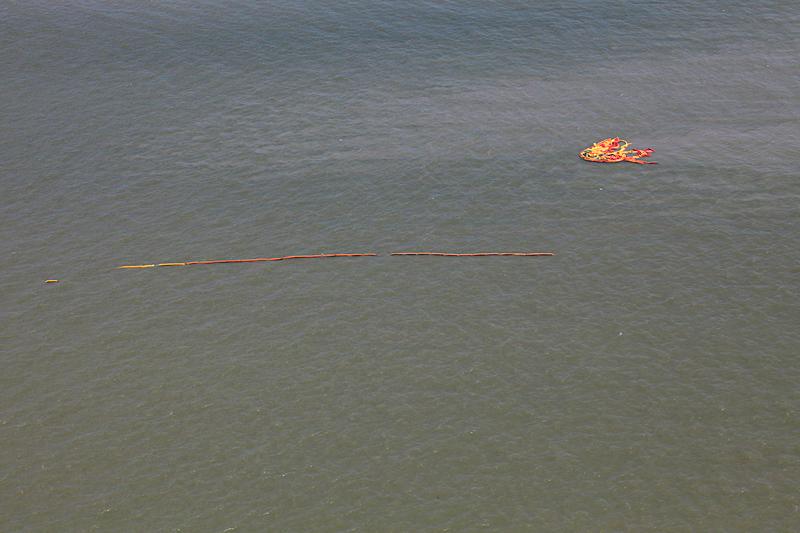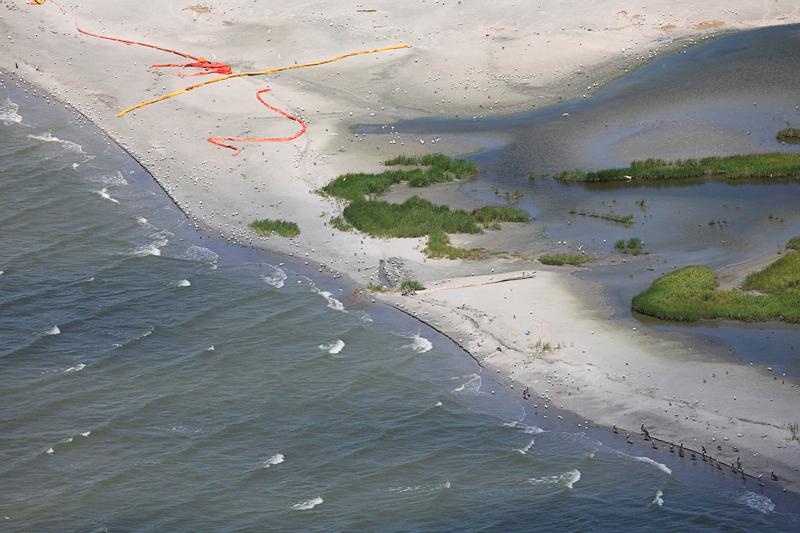(Adds Rehn comment in 18th paragraph.)
By Andrew MacAskill and Aaron Kirchfeld
July 6 (Bloomberg) -- The U.S. government’s bank stress tests a year ago helped financial stocks to rebound 36 percent over the next seven months. Europe’s plan to follow may not be as successful.
Investors say they don’t know if some banks are hiding bad loans, whether they have enough capital to withstand a debt default by a European state and whether governments can afford to rescue them. The European Union still hasn’t disclosed the tests’ criteria, including if they contain a sovereign default.
“There won’t be a rebound in European banks unless we have stress tests,” said Dirk Hoffmann-Becking, a senior research analyst at Sanford C. Bernstein in London who tracks European banks including Barclays Plc, Deutsche Bank AG and UBS AG. “But stress tests won’t resolve the sovereign debt crisis.”
Protecting the senior bonds of 11 U.S. banks from default using credit default swaps costs an average of about 144 basis points, according to data compiled by CMA DataVision. In Europe, the average cost has climbed to about 224 basis points this year, the data show.
U.S. bank stocks surged last year after tests found that 10 banks needed to raise $74.6 billion of capital. The checks, which examined if lenders had enough capital to weather a recession and rising unemployment, helped to ease investor concerns that the overall health of the financial system was sound by shining a light on the weakest lenders.
“It turned out it was a very brilliant decision,” U.S. Bancorp Chief Executive Officer Richard Davis told reporters in London on June 29. “That changed the whole market’s belief that if the bottom is only this low then I can get back in as an investor.”
U.S. Banks Rebound
The Standard and Poor’s 500 Financials Index has slipped 6 percent this year, less than the Bloomberg Europe Banks and Financial Services Index’s 14 percent drop.
Europe’s largest banks are trading at a discount to their book value while their U.S. counterparts trade at a premium. Europe’s 20 largest lenders are trading at about 10 percent less than the net value of their assets. The 20 biggest U.S. banks trade at a 10 percent premium, Bloomberg data show.
Unlike the U.S. government, EU governments haven’t said if they’ll provide cash to banks that fail the tests, and economists say countries including Spain and Portugal could struggle to fund any bailout. European lenders had $2.29 trillion at risk in Greece, Italy, Portugal and Spain at the end of 2009, including loans to governments, according to the Bank for International Settlements.
‘Real Worry’
“The question is whether governments can shoulder their sovereign debt if they had to bail out half their financial system on top of it,” said Lothar Mentel, chief investment officer at Octopus Investments Ltd. in London “That is the real worry.”
National Bank of Greece SA, Dexia SA and Commerzbank AG were the lenders whose tangible common equity was most eroded in a simulated stress test that Citigroup Inc. analysts ran on 13 European firms. Their test included sovereign debt and loan losses, they said in a June 21 report to clients.
Commerzbank spokeswoman Simone Fuchs said the lender’s regulatory Tier 1 ratio was 10.8 percent on March 31, and would still be close to 10 percent under the Citigroup test if it included 16.4 billion euros ($20.5 billion) of capital the Frankfurt-based bank received from the government last year, she said.
‘Prescribe Some Medicine’
Officials at National Bank of Greece, the country’s biggest lender, didn’t return calls seeking comment. Benoit Gausseron, a Paris-based spokesman for Dexia, declined to comment on the Citigroup test. The lender, which was rescued by France and Belgium in 2008, has the “capacity to take shocks,” CEO Pierre Mariani said in a July 4 interview in Aix-en-Provence, France.
“You can’t just have stress tests, you’d better prescribe some medicine as well, which is going be more capital-raising,” said Hank Calenti, a credit analyst at Royal Bank of Canada in London. “If some institutions need access to government recapitalization or other improvements, the market needs to know how that’s going to happen.”
Concern about European banks’ potential losses on bonds sold by the governments of Greece, Italy, Portugal and Spain helped to increase borrowing costs for European banks this year.
The difference between the three-month euro interbank offered rate, set by 42 European banks, and the comparable euro London interbank offered rate, to which only seven European banks contribute alongside U.S. and U.K. lenders, widened to a record 7.5 basis points on June 28. The spread averaged about one tenth of a basis point in the decade to June 2009, according to Bloomberg data.
‘Full Transparency’
EU Economic and Monetary Affairs Commissioner Olli Rehn yesterday called for “full transparency” to determine banks’ resilience against financial shocks. The tests will include an assessment of a possible sovereign-debt “shock” and extend to “second-tier” banks, Rehn said. “Backstops” must be in place when the results are published, he said.
The EU has already pledged 750 billion euros to reassure markets and backstop the euro, which has fallen about 13 percent against the dollar this year.
“There are a lot of insolvent European banks and the question is whether we’ll see them because they give us decent data,” Kenneth Rogoff, the Harvard University professor and former International Monetary Fund chief economist, said in a Bloomberg Television interview in Hong Kong. “They need a lot of restructuring. They’re in denial.”
Landesbanken and Cajas
Analysts say they are most concerned about Germany’s state- owned lenders and Spanish savings banks because of their souring real estate loans. Swiss, U.K. and Nordic banks are safer investments than many euro-zone lenders because they’re less exposed to the sovereign debt crisis, have raised more capital and booked more writedowns, Hoffmann-Becking said.
“There are entire segments in the European market that haven’t done anything close to U.S. banks in terms of putting their house in order -- especially the Landesbanken and Cajas,” the Bernstein analyst said.
Landesbanken, the state-owned regional wholesale banks, have been reluctant to write down their property investments, according to Julian Chillingworth, chief investment officer at Rathbone Brothers Plc, which manages about $21 billion.
“The Landesbanken system probably needs further reform,” said Chillingworth, who’s based in London.
German Writedowns
Spain’s 45 regional savings banks are facing rising losses after the country’s property crash. The lenders have 241 billion euros in Spanish property loans, the Bank of Spain said, some of which are souring as developers default and prices fall after a decade-long housing boom.
Spanish savings banks may be hiding losses on home loans by taking non-performing mortgages out of securitized transactions, according to CreditSights Inc. By carrying the bad loans on their own books the so-called cajas sidestep downgrades to their mortgage-backed securities, the independent bond research firm said in a report.
German banks’ writedowns on loans and securities will probably reach $314 billion by the end of 2010, with state-owned lenders and savings banks facing the bulk of the losses, the International Monetary Fund said in a report in April.
“There is a pattern in Europe of trying to muddle through without taking the hits with the hope if you don’t take the pain things will be ok,” said Raghuram Rajan, former IMF chief economist and a professor of finance at the Booth School of Business at the University of Chicago.
German Lenders
Unlike U.S. banks, German, Spanish and Italian lenders weren’t required to raise capital by their governments during the last two years of the credit crisis. Instead, German lenders could voluntarily tap a 480 billion-euro bank rescue fund created by the government in October 2008.
Europe’s banking system is the largest in the world, with total on-balance sheet assets of 31.1 trillion euros at the end of 2009, making it more than three-and-a-half times the size of the U.S. banking system, according to the Institute of International Finance, an industry lobby group.
The region’s banks have written down a proportionately lower percentage of their assets than their U.S. counterparts. U.S. banks will have written down 7 percent of their assets by the end of 2010 and euro-area banks 3 percent, according to the IMF. European banks still haven’t shown analysts they have completed their writedowns.
‘Buy Time’
“The general strategy of many European banks has been to buy time and limit the worst balance-sheet hits until earnings and asset values rebound, which has caused concern among some investors,” said Konrad Becker, a banking analyst at Merck Finck & Co. in Munich. “The reclassifying of assets is one example of this.”
Some European lenders used accounting-rule changes made in October 2008, about a month after Lehman Brothers Holdings Inc.’s collapse, to allow them to avoid writedowns on assets based on plunging market values, unless a default was deemed likely. Under pressure from EU leaders, the International Accounting Standards Board approved changes letting financial institutions in more than 100 countries that use International Financial Reporting Standards to reclassify some investments so they no longer had to book paper gains and losses as credit markets fluctuated.
Deutsche Bank
Deutsche Bank, for example, used the change to shift about 38 billion euros of assets, including commercial real estate and leveraged finance, into its loan book from the third quarter of 2008 to the first quarter of 2009, saving them a net 3.2 billion euros in markdowns based on valuation gains and losses through the first quarter of 2010. ING Groep NV, the biggest Dutch financial-services company, reclassified 24.4 billion euros and Societe Generale SA shifted 25.3 billion euros in assets, escaping about 2.8 billion euros in losses.
ING reclassified the assets because it plans to hold them for “the foreseeable future,” Raymond Vermeulen, a spokesman for the Amsterdam-based company, said by telephone. Deutsche Bank spokesman Armin Niedermeier referred to the firm’s previous disclosures on which assets were reclassified and the writedowns and mark-ups the bank reported. Societe Generale spokeswoman Laura Schalk declined to comment.
European Union leaders pledged on June 17 to disclose the results of the stress tests by the end of July, showing how individual banks would hold up to economic and market shocks. German Chancellor Angela Merkel has said it’s important to have “maximum transparency,” after doubts about Greece’s ability to repay its debts undermined confidence in the region’s banks.
“It was mistrust between the actors in the financial markets that caused the near-meltdown,” said Mentel of Octopus. “Unless in Europe we do everything we can to rebuild confidence we risk heading to a situation like they had in Japan where confidence gradually evaporates.”
--With assistance from Gavin Finch, Jon Menon, Simon Clark, Simon Kennedy and John Glover in London, Fabio Benedetti- Valentini in Paris, Martijn van der Starre in Amsterdam, Charles Penty in Madrid, Meera Louis in Brussels and Susan Li in Hong Kong. Editors: Edward Evans, Steve Bailey.

